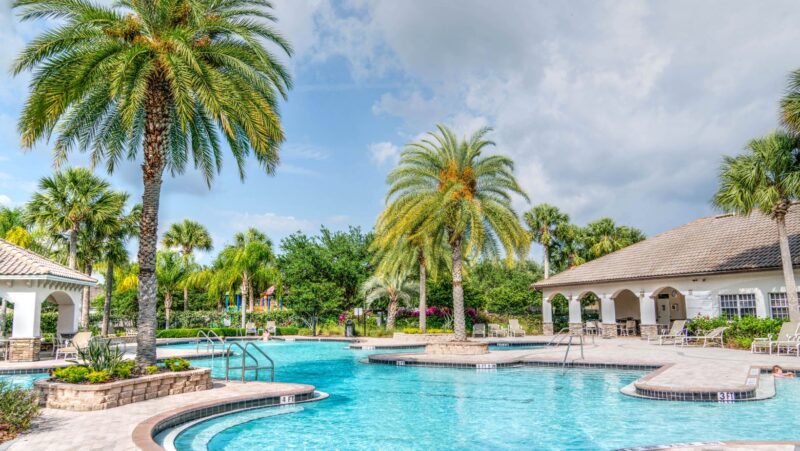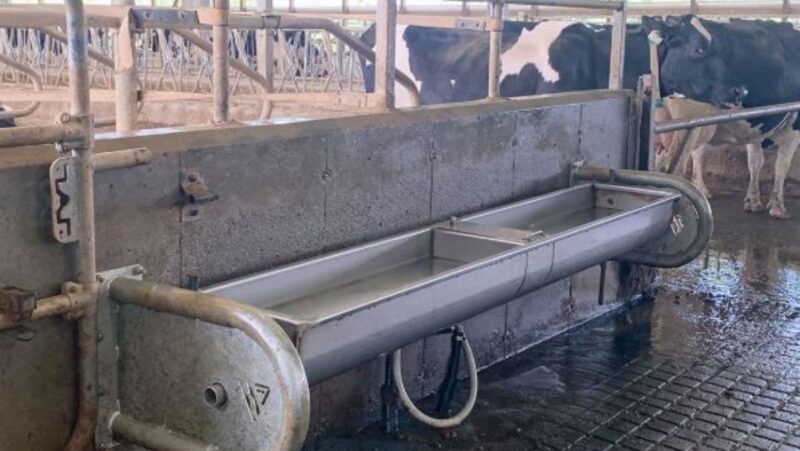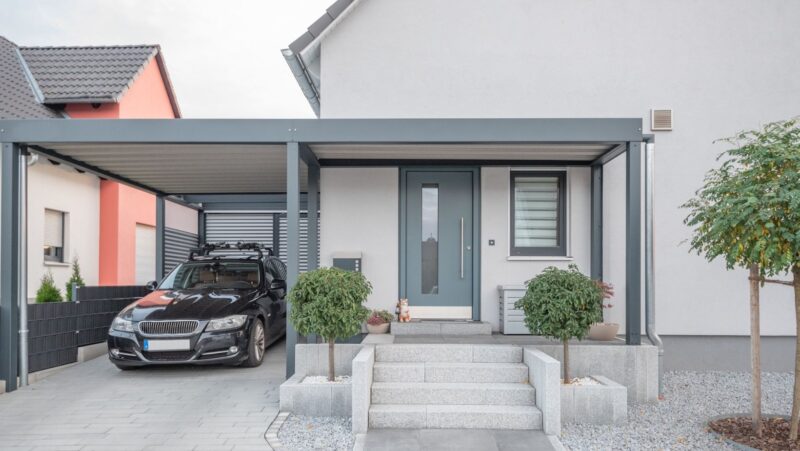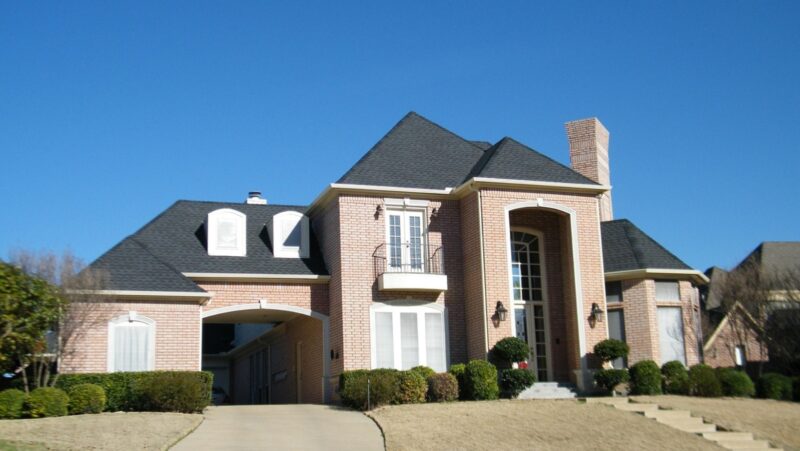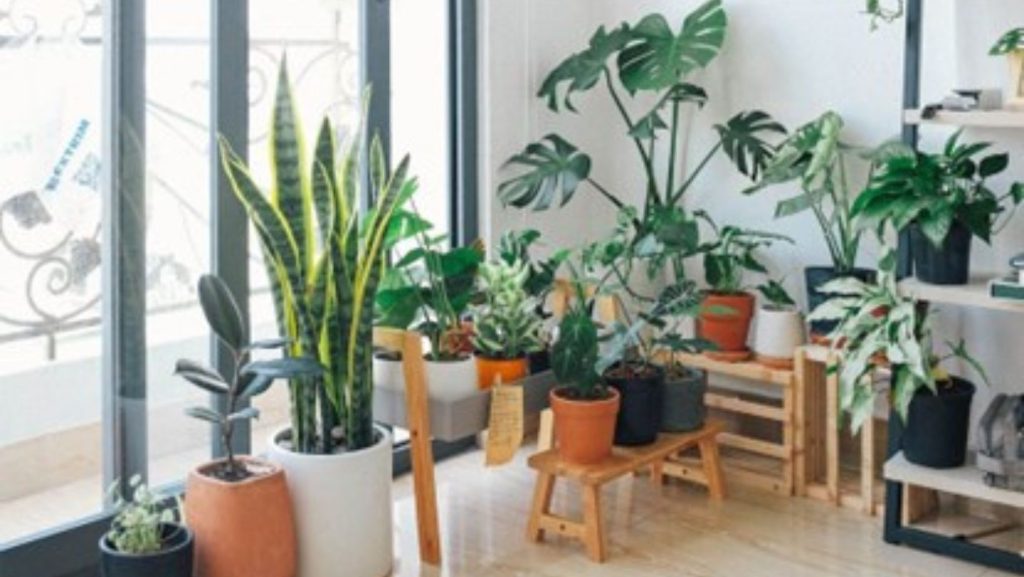
Green homes, also known as eco-friendly or sustainable homes, prioritize energy efficiency, eco-friendly materials, and environmentally conscious design principles. This comprehensive guide explores the essential aspects of designing and building your green home, offering insights into sustainable practices, eco-friendly materials, and innovative technologies that contribute to a more environmentally responsible and energy-efficient dwelling.
Prioritize Eco-Friendly Materials
Selecting eco-friendly materials is a pivotal aspect of green home construction. Opt for materials with low environmental impact, such as recycled or reclaimed wood, bamboo, and cork. According to high quality wood suppliers, look for certifications for wood products, which ensures responsible and sustainable forestry practices. Explore innovative materials like recycled steel, fly ash concrete, and reclaimed brick for a greener and more sustainable building process.
Collaborating with professionals experienced in sustainable architecture and construction is crucial for the success of your green home project. Seek architects and builders who specialize in eco-friendly design and have a track record of implementing sustainable building practices. Engage in open communication about your sustainability goals, and work closely with professionals to incorporate innovative and green solutions into the design and construction phases.
Choose an Energy-Efficient Design
Consider passive solar design principles that maximize natural light and heat while minimizing cooling needs. Orient your home to take advantage of the sun’s path, and strategically place windows and openings for optimal ventilation. Invest in high-quality insulation, energy-efficient windows, and doors to create a well-insulated and airtight envelope. These design elements contribute to reduced energy consumption and a more comfortable living space.

A smaller ecological footprint is a critical objective in green home design. Optimize your home’s footprint by carefully planning the layout to maximize space efficiency. Consider multi-functional spaces, open floor plans, and compact designs that minimize unnecessary square footage. Smaller homes require fewer resources during construction and demand less energy for heating, cooling, and maintenance.
Invest in Energy-Efficient Systems and Appliances
Energy-efficient systems and appliances play a significant role in reducing your home’s overall energy consumption. Install programmable thermostats, energy-efficient lighting, and ENERGY STAR-rated appliances to enhance your home’s energy efficiency. These investments lower your environmental impact and contribute to long-term cost savings. Integrating smart home technology enhances the efficiency and sustainability of your green home. Implement smart thermostats that optimize heating and cooling based on your preferences and schedule. Automated shading systems and home energy management platforms contribute to a more intelligent and energy-efficient home.
Harvest Renewable Energy Sources
Harnessing renewable energy sources is a crucial feature of green homes. Consider integrating solar panels on your roof to generate clean and sustainable electricity. Solar water heaters can also be employed to meet hot water needs efficiently. Evaluate the feasibility of wind turbines or geothermal heat pumps based on your location and local climate conditions. Water conservation is an integral part of green home design.
To minimize water consumption, incorporate water-efficient fixtures. Consider installing rainwater harvesting systems, and collecting and storing rainwater for non-potable uses like irrigation.
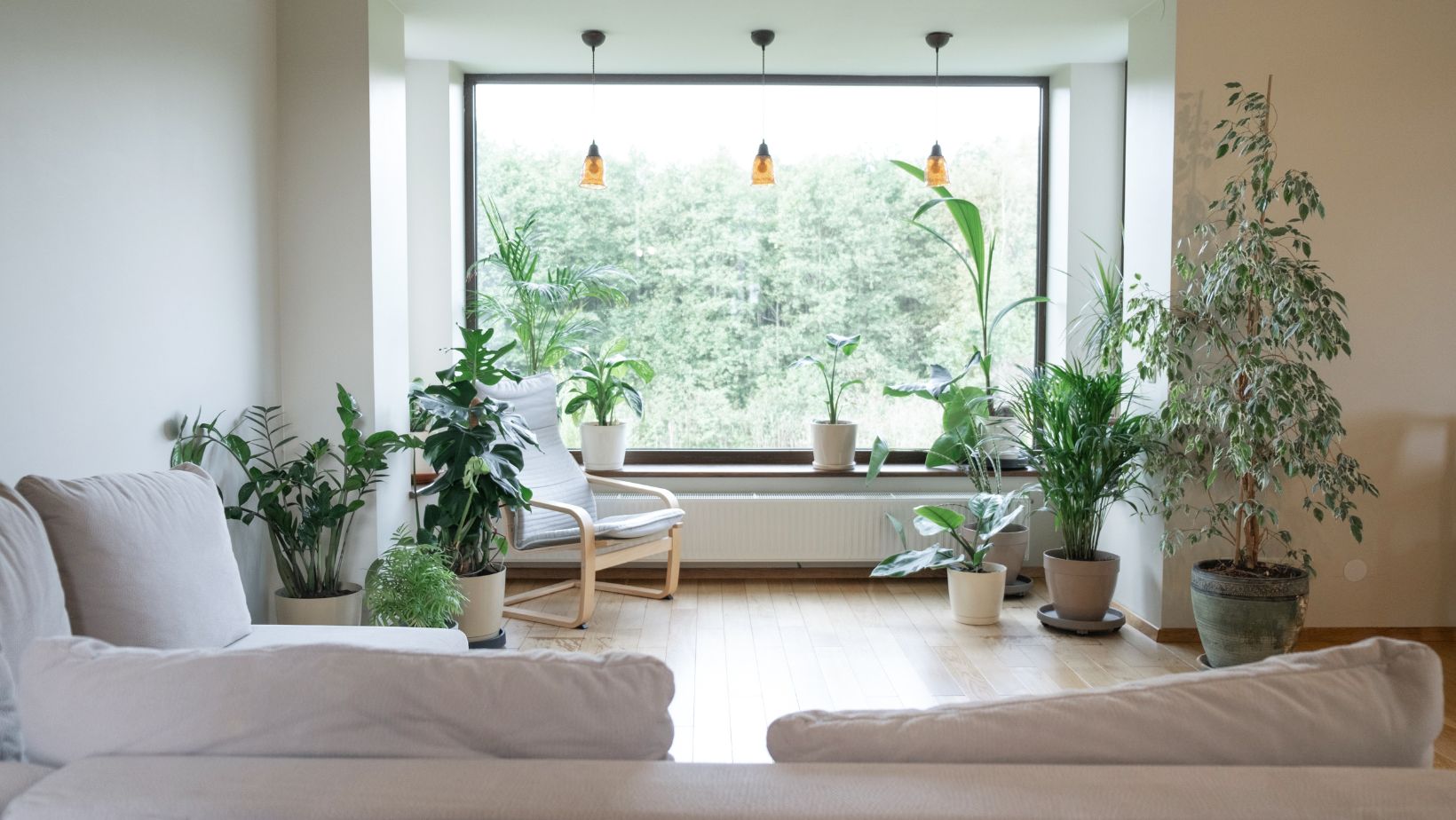
Additionally, explore greywater recycling systems that repurpose water from sinks, showers, and washing machines for landscape irrigation. Smart landscaping with drought-tolerant plants further reduces the need for excessive water usage.
Promote Indoor Air Quality
Green homes prioritize indoor air quality using non-toxic and low-VOC (volatile organic compound) materials. Opt for paints, adhesives, and finishes with low or no VOC content to prevent the release of harmful chemicals into the air. Choose natural and breathable materials for flooring, furniture, and cabinetry. Invest in a high-quality ventilation system to ensure a constant fresh air flow, removing pollutants and allergens for a healthier indoor environment.
Obtain Green Building Certifications
Green building certifications provide recognition for homes that meet specific sustainability criteria. Consider pursuing certifications such as LEED (Leadership in Energy and Environmental Design), ENERGY STAR, or Green Globes. These certifications not only validate your commitment to sustainability but also increase the resale value of your home. Work with your architect and builder to ensure that your green home meets the criteria for the desired certification.
Familiarize yourself with local building regulations that may impact your green home project. Understand any restrictions or requirements related to sustainable building practices in your area—additionally, research available incentives, rebates, or tax credits for implementing green features in your home. Many regions offer financial incentives to encourage environmentally conscious building practices, making it more cost-effective to invest in green technologies.
Designing and building your green home is an exciting and rewarding journey that aligns with a commitment to sustainability and environmental responsibility. By incorporating energy-efficient design, eco-friendly materials, renewable energy sources, and intelligent technologies, you can create a home that minimizes its environmental impact and provides a healthy and comfortable living space for you and your family. Collaborating with experienced professionals, obtaining green certifications, and staying informed about local regulations ensure that your green home project is successful, contributing to a more sustainable and eco-conscious future.







